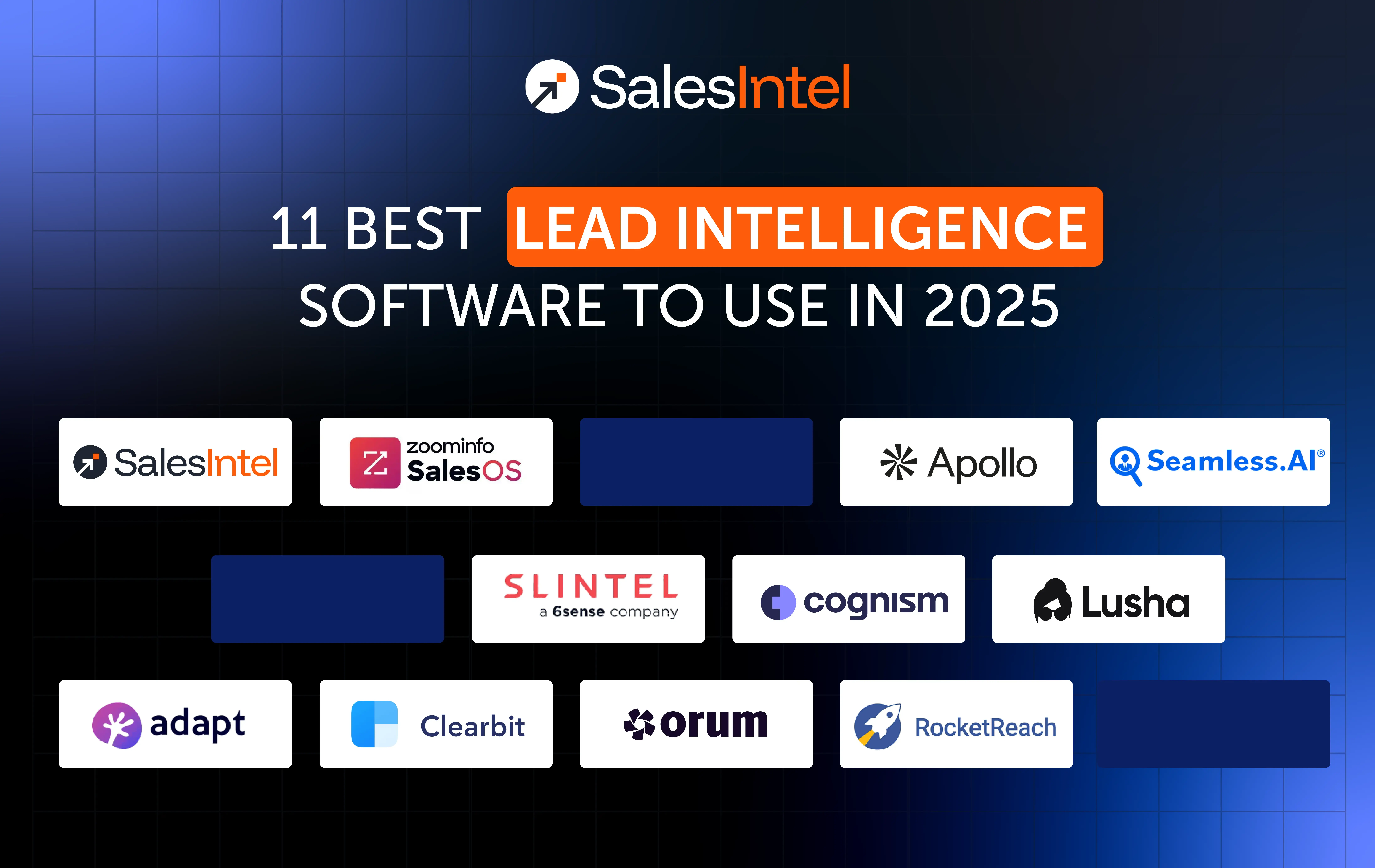We prefer to think of data as unchanging. Solid. Measurable. A metric we can count on. We collect pages and pages worth of customer data, assuming that if we don’t use it now, we might use it sometime. We often become so preoccupied with collecting data, that we forget to consider that information changes, too.
Contact data quality is the foundation of all sales efforts. There’s no way to sell unless you know who you’re selling to and you have at least one channel, if not multiple, to get their attention.
The need for data often causes sales teams to resort to the “spray and pray” approach, marketing with whatever data they can get their hands on in our pursuit of some semblance of a response rate.
But the volume of data is irrelevant if the data does not have confirmed quality. If half the phone numbers you paid to get a list of are actually disconnected, you’ve wasted money and time. If the majority of the emails you’ve pulled from a list are inactive, or even just typed incorrectly, you’ve wasted money and time.
Bad data eats your money and time and sets off a vicious cycle of desperately searching for and purchasing even more cheap and questionable data.
Here are some of the most common ways that bad data can sneak in there sabotage your business.
Seemingly Innocuous Typos
By the time data gets to you, it’s probably already gone through a few different channels. Not to mention there are countless methods for collecting data, and these are not always consistent. It may have been scanned in from another contact list, or by an AI designed to collect data from business web pages. That means that sometimes, collecting basic data turns into a giant game of telephone.
It may seem harmless to have a slight typo in a contact, like an L where an I should be, or a variation in a name. At the most, it’s a bit embarrassing and unprofessional. However, there is a multitude of small typos can completely change the trajectory of your outreach. Think one wrong number in a phone number or postal code. Maybe the address lists Drive instead of Avenue.
At their worst, systems can get categories of data confused. AI is helpful, but not perfect. If an AI has been programmed to scan a certain portion of a page for a phone number, and suddenly comes across a postal code in that spot instead. It may not always be able to distinguish between them.
For example, consider the mishaps of a program based on a business card-scanning system. There is such a diversity in layouts and variation of job titles that several results were inaccurate, including “Cinematographer/Lighting Designer” being included as a “Marketing” title.
Another vendor identified contacts as CIOs that were actually “dentists, actors, and aircraft maintenance technicians.” It’s not clear why this happened, but it could have been a cause as simple as those individuals having the same name as the CIO the company was actually looking for.
This is why data should be checked, checked again, and then re-checked, preferably by a human being somewhere throughout the process.
Employee Turnover
Your data takes significant blows every time there is turnover in a contact’s company. Customer data is reported to decay at a rate of at least 30%. In industries with higher turnover, that can increase to as high as 70%.
Contact information changes as people move, get new phones or phone lines or move on to other job opportunities. Additionally, their titles and roles within a company are subject to change just as much as that basic information. A change in position often means a change in e-mail address. A change in branding or management can also make any previous information obsolete.
There’s just so many ever-changing variables in the business world, that you simply can’t afford to not keep up.
Numbers Everywhere, but No Decision Makers
Perhaps your CRM has a wealth of contact information, so much that you believe your marketing efforts could subsist on the sheer volume of it. Think again.
Manager of Marketing Operations at DiscoverOrg, Franklin Bear, warns “if those contacts don’t have any purchasing power, they’re just contributing to a larger haystack and make the needles even fewer.” Who you are reaching is just as important, if not more so, than how many you are reaching.
Make sure you’re getting quality over quantity, including direct dial numbers and human-verified information.
Sabotaging Your IP Address
E-mail addresses are perhaps the most susceptible to misinterpretation. One punctuation mark out of place, and you could be sending that beautifully crafted marketing content to the wrong person. Even worse, it could just bounce right back at you.
Bounce rate is what determines whether your email ends up in the spam folder or not. If too many of your emails bounce, inboxes assume you’re sending spam to a list of people that don’t want to hear from you. Your email domain reputation goes down and you start ending up in spam folders.
And once you’re exiled to the spam folder, it’s almost impossible to return. A high bounce rate hurts the reputation of your server and IP address, and will, in turn, affect your entire company.
How Can We Prevent This?
You don’t have to despair over the reality of data decay, but you should be extraordinarily careful about your data–both what you’re collecting and all that information already sitting snugly in your CRM.
Thomas Brence of Informatica explains that “for a problem so chronic and pervasive, the fix is ridiculously simple.” In addition to performing regular data hygiene checks, make sure you’re getting data that’s verified and quality-assured before letting it set foot in your CRM.
Data decay isn’t entirely curable, but it can be treated with quality care. Human-verification and 90 day re-checks of all data like SalesIntel provides are essential for preventing data-decay and keeping your sales team foundation solid.



![10+ Sales Pipeline Management Tools [+Tips]@4x](https://salesintel.io/wp-content/uploads/2025/09/10-Sales-Pipeline-Management-Tools-Tips@4x.webp)
